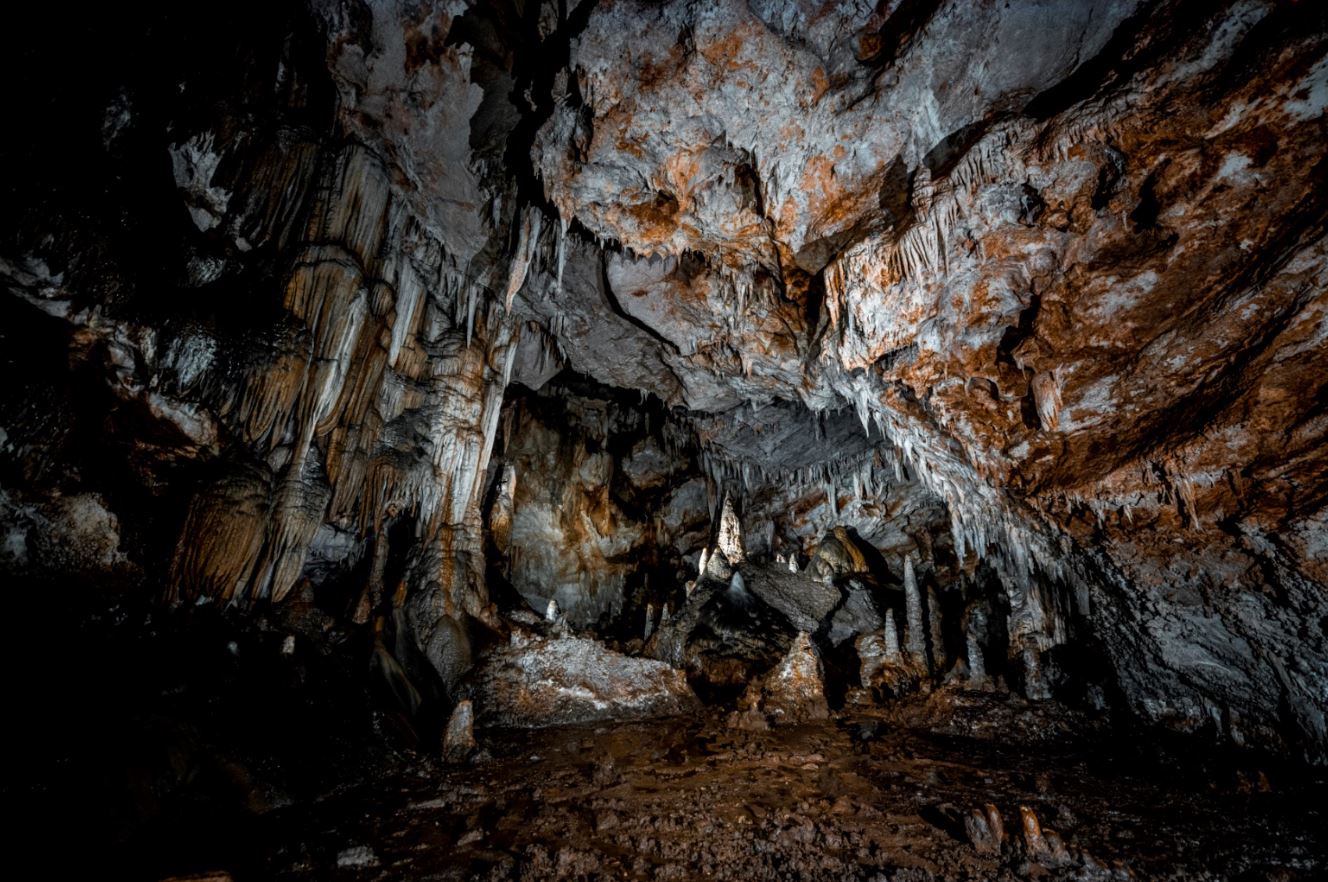Photo credits: Predrag Vučković
The etymology of Montenegro’s name was written about in the works of non-Montenegrin researchers such as Franz Miklošić- a Slavic philologist and linguist, Serbian historians Nićifor Dučić and Ilarion Ruvarac, Josip Gelčić from Kotor, and a French doctor, Gabriel Frilley, who stayed at the court of Prince Nikola.
The name Montenegro first appears in 1926 in the charter of Serbian king Stefan Uroš II Milutin, from the Serbian dynasty Nemanjić, and refers to the area around Crmnica and the Vranjina monastery on Skadar Lake. The meaning of the name lies in the Slavic toponym and is associated with large and dense mountains and dark forested areas that adorned this region. In Italian sources, Montenegro is first mentioned in its original form in 1348 as Montenegro, and in Dubrovnik sources in 1379. The name Montagna Negra, Montenegro or Monte Negro is also found in Italian sources. Hence the name Montenegro entered the non-Slavic languages. According to others, Zeta was named Montenegro after the invading Turkish troops suffered heavy defeats in this area. Namely, the Turks called this area Kara dag, i.e. Black Mountains, because no force managed to conquer them. However, this is only speculation because Montenegrins called their homeland Montenegro even before the arrival of the Turks. In addition, the Albanians, who began to cross the Drim river individually from central Albania and spend six months in Montenegro, either as cattle breeders, or as traders, and people who came down to Shkodra to buy other necessities, called Montenegro, Cërna Gorë, and Montenigrins Cërnagoras.
Let us mention that some etymologists believe that the name Montenegro is derived from the name of the Zeta feudal family Crnojević. They claim that during the reign of Stefan Crnojević, the area of Zeta was called Crnoieva mountain, which eventually turned into Crna Gora, i.e. Montenegro. However, J. Gelčić, who dealt with the etymology of the name Montenegro in the work “Zeta and the Balšić dynasty”, does not agree with this statement and claims: Crnojević means the son of Black. It is a name derived from the adjective black with the suffix – oje. So, the name Crnojević and Montenegro happen to have a common root black, therefore, they do not have a common origin.
The famous Polish historian Chopin seeks etymology in the words black and černec ( also a slovenian word for black) . In the first word, he makes an allusion to the refugees who arrived in this area from nearby border countries seeking salvation from the Turkish occupiers. He connects the second word with the monks who gave them shelter. Opposite him, the French doctor at the court of Prince Nikola, Dr. Frilej and his Serbian colleague Vlahović, believe that the name Montenegro originates from the species of conifers (abies alba), which give this country a black and dark appearance during the winter period. Gelčić agrees with this statement and says that Frilej and Vlahović came closer to the truth, as they almost touched the basic reason for naming that country … Let’s point out that the South Slavs call all plants that have bare seeds (gymnospermae): pine, cypress, etc., in a word all evergreen trees. In addition, Montenegro is an authentic geographical name and means a forest in which trees grow spontaneously.
However, when one sees all the stone desolation today, one simply cannot help but suspect that this area was once covered with dense forests, which the Romans and Venetians then allegedly cut down to build their ships, so there is nothing left but this desert naked. It could be said that these rocks, on which no vegetation can take root, were not even suitable for bearing forests, and even if there were forests, it is hard to believe that this alleged shipbuilding could have been of such proportions that it could no longer reach reforestation.
Let us add that this geographical name is also found in Germany, England: Schwarzenberg and Schwarzwald in Germany, hence the name Black Mountains for a mountain range that rises along the coast of the Narrow, in England. In Dalmatia, we find it in the name Sabincella (Sabincella) in the designated territory more or less forested conifers. The relatively small number of forests and conifers nowadays in the area of Montenegro should certainly not diminish the credibility of the above-mentioned claims. We should keep in mind the fact that the origin of the name Montenegro has its roots in times that go back to the distant past.
Henry van Mandere, a Dutch travel writer in the work “Montenegro” published in Amsterdam in 1913, explaining the origin of the geographical name Montenegro, states to the reader: Its name comes from the gloomy colors of its mountains; it is a name whose origin some seek in the virgin forests that still characterize the oldest, though historically not the richest part of Montenegro; others associate him with the character of one of the brightest heroes of Montenegrin ballads and warrior songs, Master Ivan Crnojevic, who as a warrior was so famous that the Turks called him and all his followers “black people” to indicate how much they feared them as demonic and dark forces. However, it is as if Montenegro is not only the country of Montenegro, where especially in the evening, when the shadows extend, the mountains are truly sinister and black rise above their surroundings, but as if it also represents the darkest interior of Europe, which is difficult, almost impossible to arrive.
To learn more about our country we invite to check out piece by famous British digital travel editor Oliver Smith, or piece published by CNN. Both of these can be found on our blog page. Shall you have any additional questions or ideas about what to write next, we invite you to contact us.
Stay healthy and safe and hope to see you soon! :)


